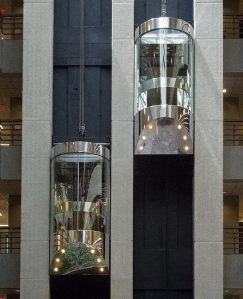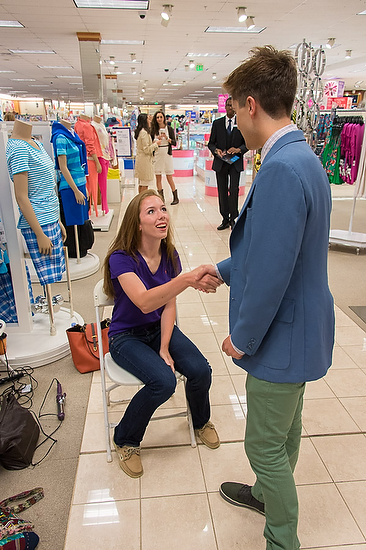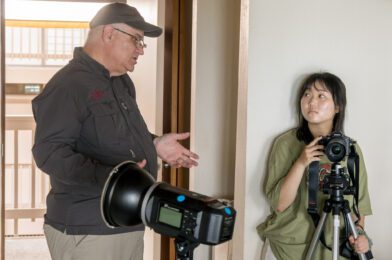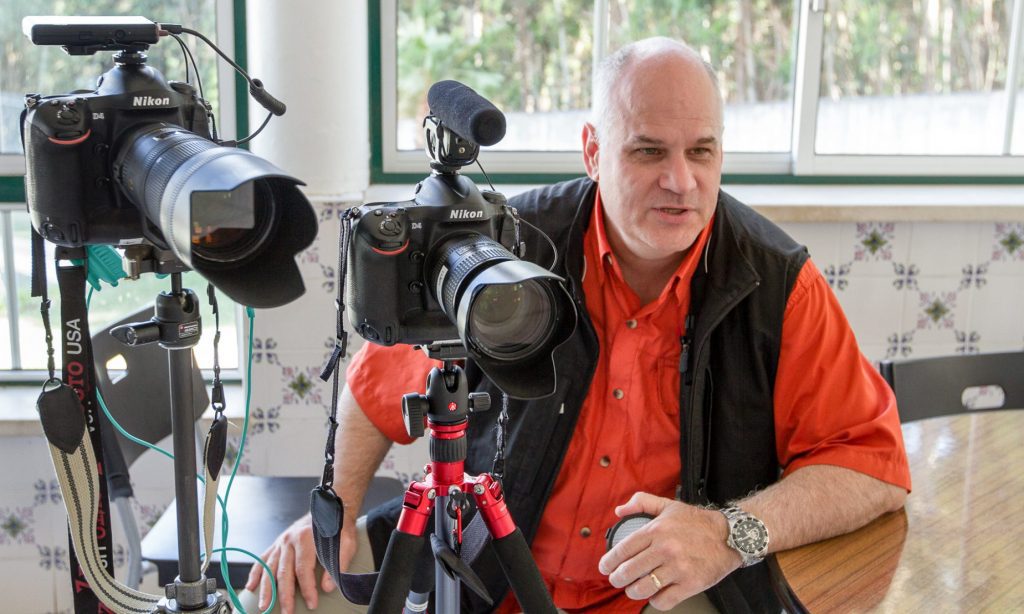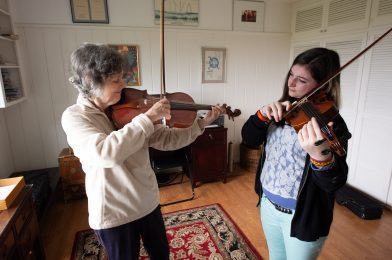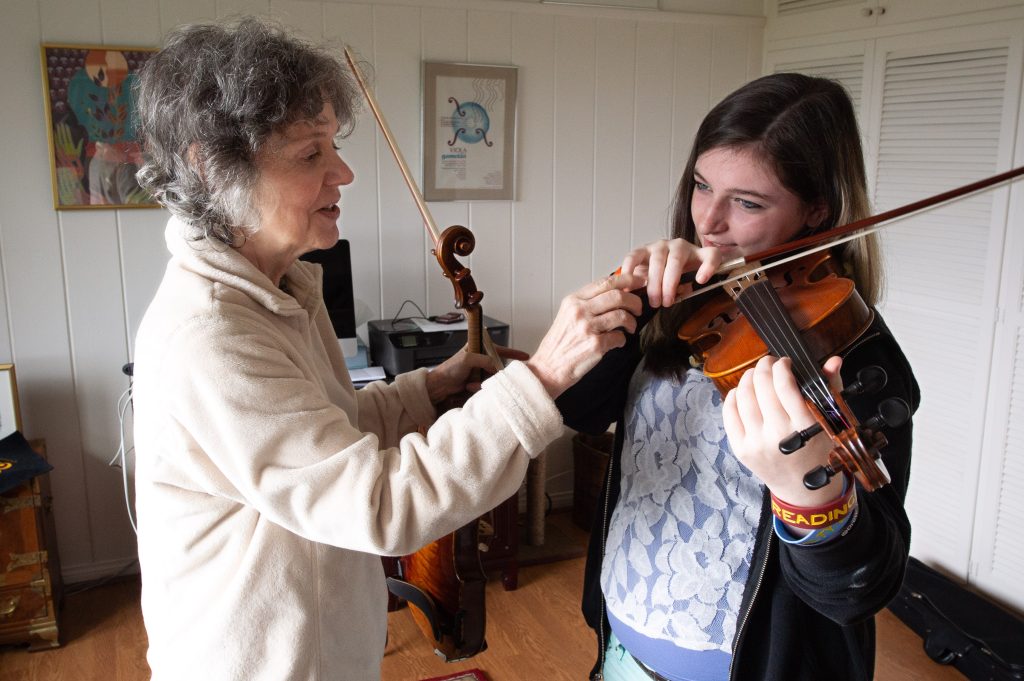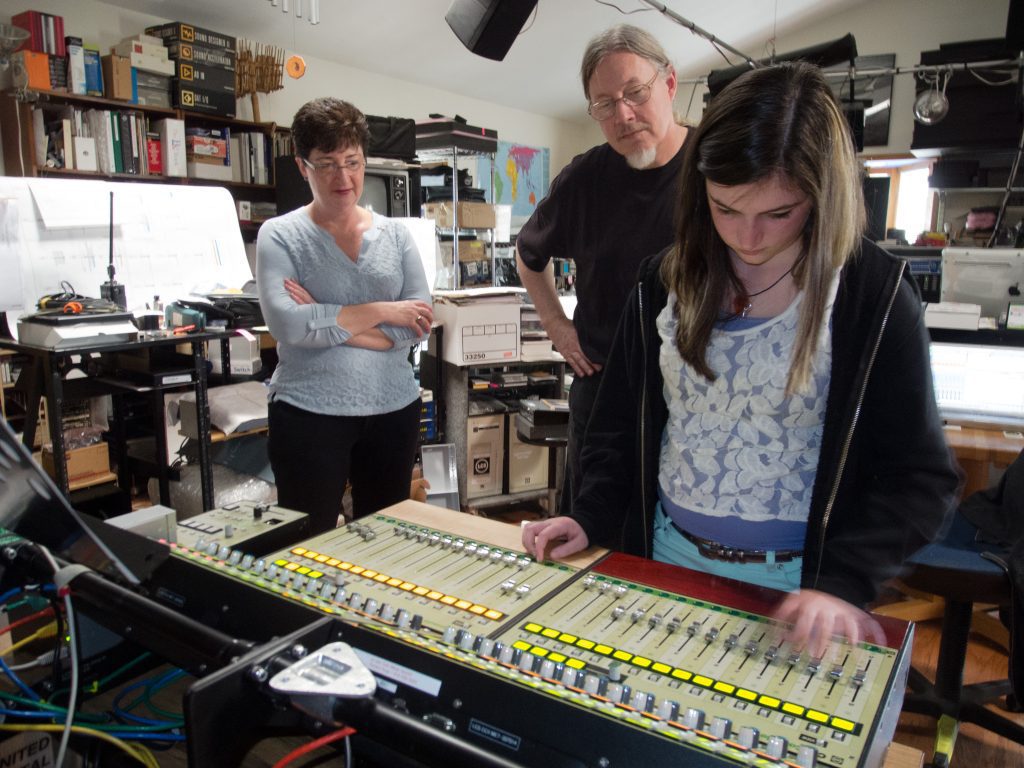I believe photographers need a good PR agency, and since no one is volunteering to do it for us, we must step up and take on this responsibility. One such area I want to address is a photographer who wants to help use their talent to help humanitarian organizations or faith-based organizations.
Please bear with me as I walk through understanding the elements and then try to put together an action plan for photographers.
The Humanitarian Photographer
If you were to Google the definition of what is a humanitarian photographer, you would not find a definition in everyday places like Webster’s dictionary, Wikipedia or Google. It is a new term used to describe not so much a style as the humanitarian organization.
When you Google “humanitarian photographer,” I have a few friends that will pop up at the very top of the list: Gary S. Chapman and Esther Havens both do humanitarian photography.
You will see every photography style for humanitarian organizations that primarily distribute aid.
Three ways that humanitarian organizations distribute aid
- Relief
- Rehabilitation
- Development
In the book When Helping Hurts: How to Alleviate Poverty Without Hurting the Poor and Yourself, they say, “A helpful first step in thinking about working with the poor in any context is to discern whether the situation calls for relief, rehabilitation, or development. Unfortunately, failing to distinguish among these situations is one of the most common reasons poverty-alleviation efforts often harm.”
They say, “One of the major premises of this book is that until we embrace our mutual brokenness, our work with low-income people is likely to do far more harm than good.”
Relief is the easiest of the three things humanitarian organizations do. It is easier to raise money and distribute materials during a disaster than to do more in-depth rehabilitation or development. However, all three can hurt those trying to help and those receiving the service.
Do you know where I am going with all this? Will I be addressing how entitlement programs are the problem? But, on the other hand, maybe I will talk about how we need income distribution to solve the problem.
What is Poverty?
Wikipedia definition—Poverty is the state of one who lacks a certain amount of material possessions or money. Absolute Poverty or destitution refers to the deprivation of basic human needs, which commonly include food, water, sanitation, clothing, shelter, health care, and education. Relative Poverty is defined contextually as economic inequality in the location or society in which people live. In the book When Helping Hurts, “Development expert Robert Chambers argues that the materially poor are trapped by multiple, interconnected factors—insufficient assets, vulnerability, powerlessness, isolation, and physical weakness—that ensnare them like bugs caught in a spider’s web.”
The book says, “Poverty is the result of relationships that do not work, that are not just, that are not for life, that are not harmonious or enjoyable. Poverty is the absence of shalom in all its meanings.”
Based on this definition, everyone suffers from Poverty in some way.
Where the photographer can help
If broken relationships are the core issue in Poverty, then communication is key to rebuilding these relationships. With the fractured relationship between two people, they must come together and listen to one another.
Often counselors can help with the facilitation of restoration. However, when it comes to groups, this is where I believe the professional communicator refines the role of the counselor and helps each group better communicate and move groups closer together.
Leaders of humanitarian organizations and their donors are often to blame for the failure organization’s goals.
Donor and CEO Problem
A philanthropist decides to give a huge amount to an organization with strings attached. “I want all this gift to go to something and none of it to go to operating costs of the organization” is one such gift.
The organization will often take the gift and reorganize it so that they can use it. Taking an advantage that wasn’t a priority is where the organization fails to educate the donor. A good CEO will inform the donor.
I see way too many humanitarian organizations focus on relief. We can give them food, or we can teach them to fish. Learning to fish is a more significant investment in time but not money.
Photographers must understand the relief, rehabilitation, and development and how this applies to the organization. In addition, they need to have a strategic vision to help an organization achieve its vision.
Way too many photographers want to go and travel to take photos. They are in it for themselves and are hurting and not helping.
Photographers need to know as much as possible about the area a humanitarian organization is addressing. What are other groups working in this area? Are they duplicating efforts? Is their approach helping the long-term goal of no longer being needed?
The expectation is once you start becoming strategic and not just a button pusher of the camera, you will help in ways beyond your camera. For example, you may help leaders of different organizations know about each other. In addition, you may help them network due to your work for different groups.
PR for the photographer
Blogging
One of the ways I am watching photographers with PR for themselves is to tell stories through their blogs and be sure they are letting humanitarian organizations leaders know they are blogging.
If you have a blog, you may want to ask some of those organization leaders to do a guest blog for you.
Newsletter
You can create a printed or online newsletter that you send out to your distribution list. This method is different than the blog; it is pushing your message. A blog pulls people to the content.
Gallery
You can put your coverage up in a gallery and invite humanitarian organization leaders to the show. You can also encourage the humanitarian organizations to have a gallery where you could be there as the artist at the opening to help bring in donors.
Social Media
Get involved in groups. Many humanitarian organizations have active group discussions where a photographer could easily be part of the discussion. Give some tips of your own, or maybe you offer links you discovered as a good resource. Be a part of the discussion.
Hold organizations accountable
I would encourage all of your discussions always to be trying to be sure the organization is helping the problem and not hurting. Sometimes it is just asking a question with an attitude of innocence. Sometimes you may need to call attention a little more forthright. Remember, your purpose is to be part of the solution, not hurt. Ticking everyone off is not the best solution since you will quickly discover yourself no longer a part of the discussion.








